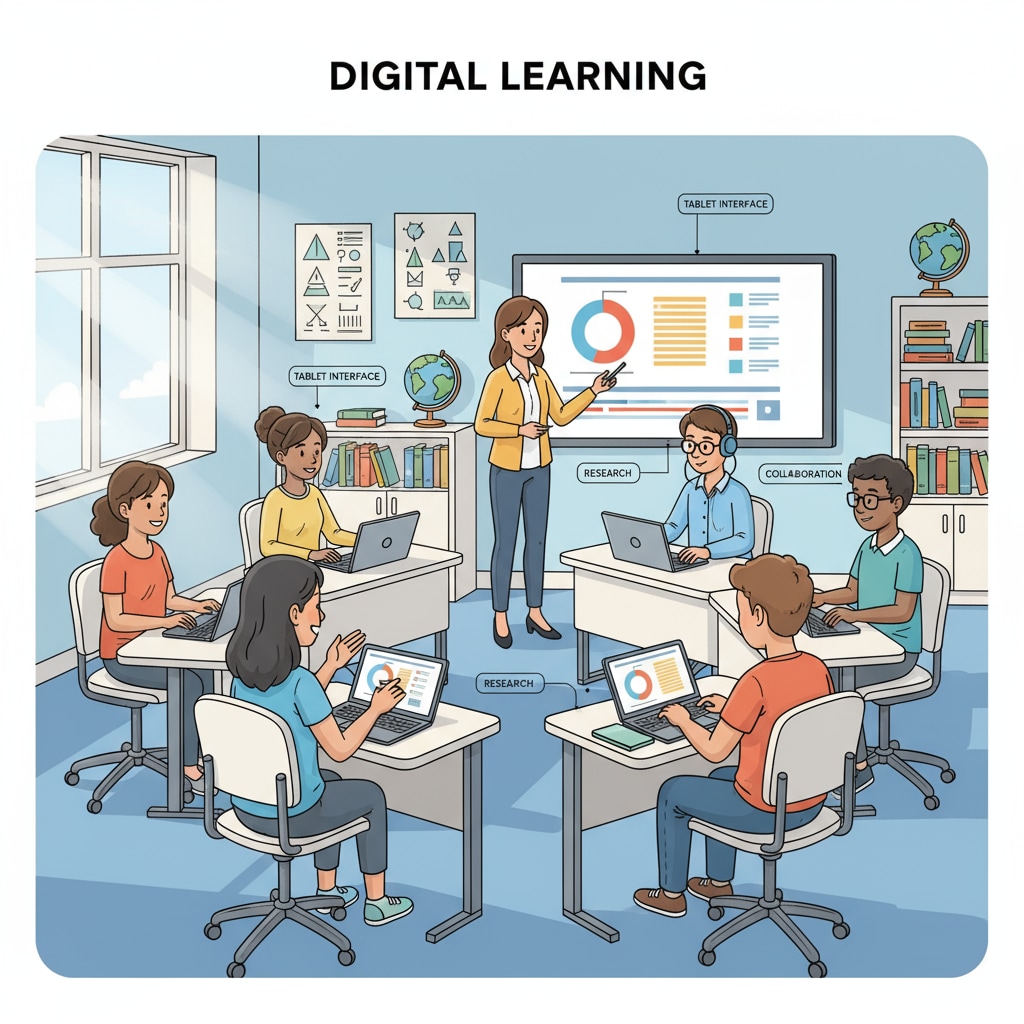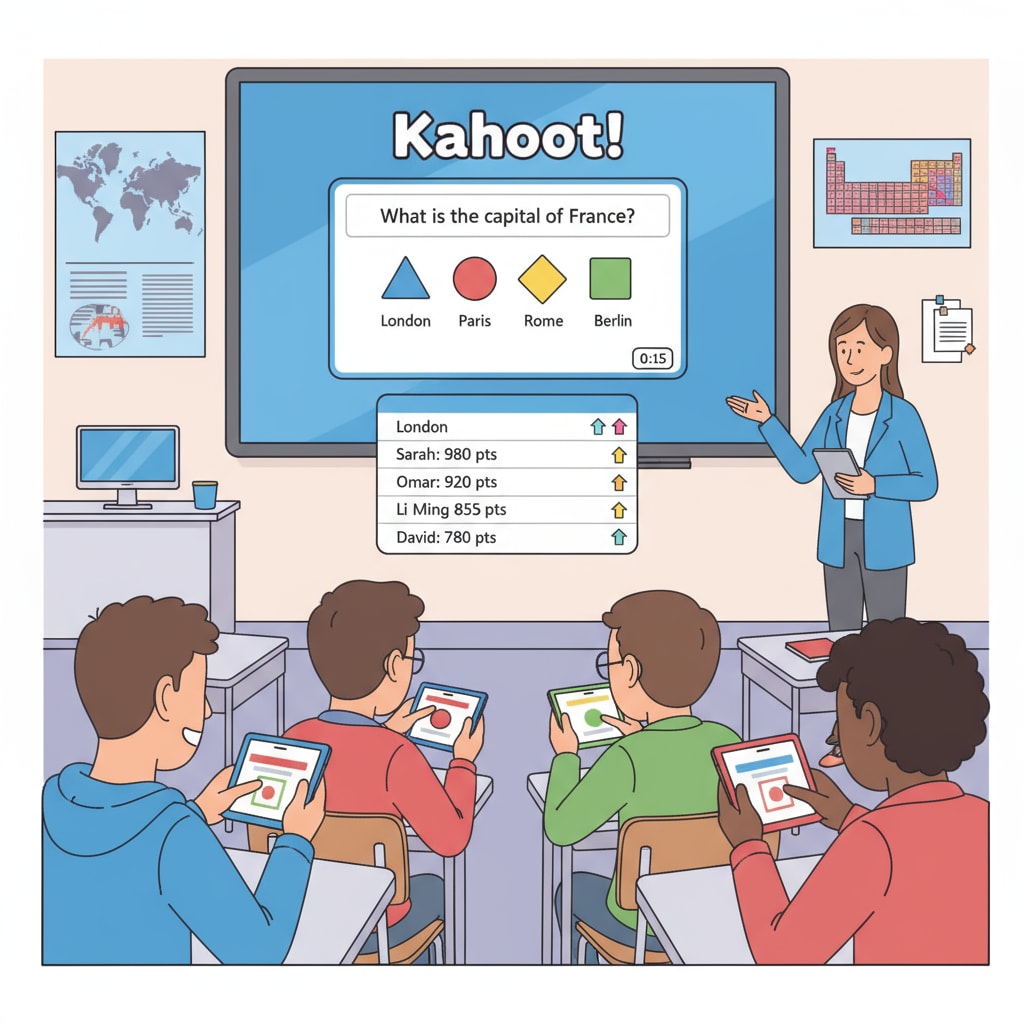In the realm of modern education, educational technology has become a crucial factor in enhancing classroom learning and driving student engagement. Gone are the days when the smart board was the pinnacle of classroom tech. Today, there are numerous innovative tools that can truly revolutionize the K12 learning experience.

The Limitations of Traditional Smart Boards
Smart boards have been a staple in classrooms for years. They offer some advantages like projecting digital content and allowing for basic interaction. However, they often fall short in truly engaging students. Many times, the interaction is one-sided, with the teacher mainly controlling the board. This can lead to passive learning, where students are merely observers rather than active participants. As a result, the potential for deep understanding and long-term knowledge retention is limited.
Innovative Platforms for Student Engagement
One such platform is Kahoot!. It’s a game-based learning platform that turns lessons into fun quizzes. Students can use their own devices to participate, creating an interactive and competitive environment. For example, a history teacher can create a Kahoot! quiz about a particular historical event. This not only makes learning more enjoyable but also encourages students to actively engage with the material. Another great tool is Nearpod. It allows teachers to create interactive presentations with features like polls, quizzes, and virtual reality experiences. This helps in making the learning process more immersive and keeps students focused.

Strategies for Teachers to Choose and Integrate Tools
When selecting educational technology tools, teachers should consider the learning objectives of their lessons. For instance, if the goal is to improve vocabulary, a tool like Quizlet might be ideal as it offers flashcards and games for vocabulary practice. Teachers also need to ensure that the tools are easy to use and accessible to all students. Integration is key. Tools should be seamlessly incorporated into the curriculum. Teachers can start by introducing a new tool in a small, manageable way, such as using Kahoot! for a quick review at the end of a lesson. As students become more comfortable, the use of the tool can be expanded.
In conclusion, educational technology offers a wealth of opportunities to enhance classroom learning and boost student engagement in K12 education. By moving beyond traditional smart boards and exploring innovative platforms, teachers can create more dynamic and effective learning environments. Educational technology on Wikipedia Top educational technology tools
Readability guidance: The article uses short paragraphs to present ideas clearly. Each section focuses on a key aspect, like the limitations of smart boards, new platforms, and integration strategies. Transition words are used to connect ideas smoothly. The use of examples helps make the concepts more relatable.


